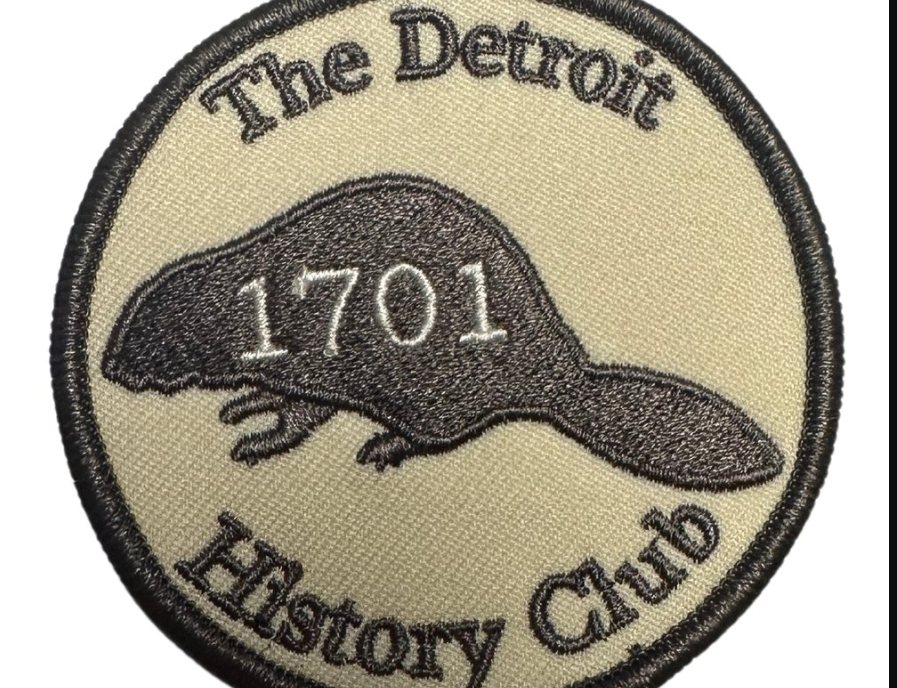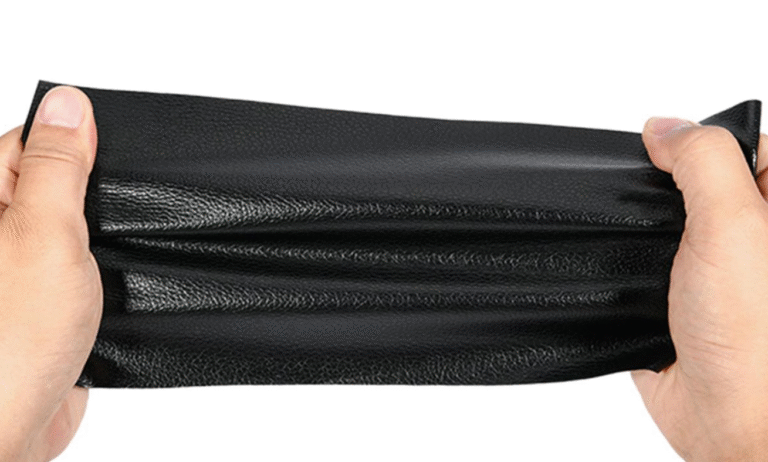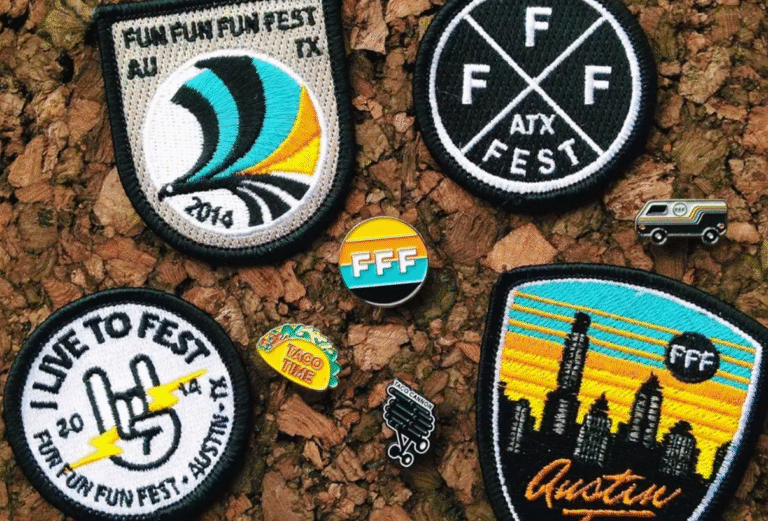Embroidered patches have been more than simply attractive items to wear for a long time. They are woven signs of who you are, what you do, and how well you do it. Small pieces of textile art that have been around for thousands of years. People used to wear them on royal garments to show their strength. They are now created on computers and utilized in fashion, the military, and branding. They were manufactured by expert crafters who drew the motifs by hand.
Each thread tells a narrative or marks an achievement. Over time, sewing technology improved, which, in turn, impacted how patches were manufactured and utilized. This made it feasible to create a large number of patches at once while still preserving their artistic integrity. Embroidered patches have long been a means to showcase culture and creativity, whether on garments to commemorate a heritage or to make them more personal.
This article explores the rich and fascinating history of sewn patches. It’s a journey through time that reveals how these bright threads still link the past and the present in beautiful and crucial ways.
The Long History of Patches with Embroidery
It has been thousands of years since embroidered patches were first made. They have been utilized as indicators of identity, art, and tales from early societies and continue to serve this purpose today. At, we examine how embroidered patches have evolved over time from a complex form of hand-stitched textile art to high-tech, personalized marking tools. They stay beautiful and useful throughout time, adapting to fit the needs of people and society as a whole.
Embroidery: From a Hobby to a Way to Show Off Your Culture
For much of history, needlework was primarily done at home, mainly by women who were responsible for managing the household. People primarily thought of it as a way to decorate, often overlooking its artistic value. But needlework is more than simply pretty; it conveys a narrative. It weaves together sentiments, identity, and rebellion to produce fabric. It has transcended its limiting image and is now considered a method to express oneself, make social commentary, and appreciate its beauty.
Threads of Power: How Embroidery Set the Mood for Ceremony and Status
Needlework was not just an art form in the past; it was also a statement of authority. When archaeologists unearthed Monarch Tutankhamun’s tomb in 1923, they found embroidered artifacts that were meant to indicate that the individual was a monarch. Silk embroidery was a big aspect of commerce and courting along the Silk Road during the Han dynasty in China.
Opus Anglicanum and other European examples were fashioned from holy robes made of gold and silver threads, which were so costly that even the Pope purchased them. Embroidered patch, with its strands that had real significance, stood for status, respect, and national pride.
Global Patterns: A Language That Everyone Should Speak
People in many civilizations across the globe have utilized needlework to convey tales and illustrate their meanings. The Bayeux Tapestry in France portrays the account of the Battle of Hastings. Artists from China, the Middle East, and Persia all employed floral and geometric designs in their work. In ancient Peru, people buried textiles alongside the deceased, illustrating their great value. These varied designs and uses came together to create a web of traditions from all across the globe, with each stitch bringing history and culture to life.
The Patch’s Origin: From Old Threads to New Symbols
People in China began manufacturing embroidered fabric as early as the 5th to 3rd century BC. What started as repairs or embellishments on clothes evolved into independent items: embroidered patches that denoted the tribe to which one belonged, one’s social function, and one’s accomplishments. In Egypt, embroidered garments revealed what kind of person you were in society. Throughout hundreds of years, stitching practices expanded to other nations, and people wore little pieces of cloth to convey stories or show pride, allegiance, or achievement. These early usages are what led to the patches we wear today.
New Ideas and Business: How Machines Revolutionized The Craft
During the Industrial Revolution, embroidered patch underwent significant changes. In the 1800s, the first machinery used for sewing were hand looms that Alphonse Kursheedt brought in from other nations. Isaak Groebli invented the Schiffli stitching machine not long after. It employed a needle and shuttle to sew continually.
Automated sewing machines that utilize computerized patterns can now create patches rapidly, accurately, and reliably. New materials, such as thick threads and plastic backings, have made modern patches stronger and more effective than before. These materials are both artistic and new. The Industrial Revolution altered many aspects of embroidery.
Types of Early Embroidery Machines and What They Did
Over time, both the embroidery and the tools evolved. These are the three primary sorts of early sewing equipment that influenced how patches and logos were made:
Machines that can be used to embroider by hand
Initially, these tools still required someone to manually move the fabric. Because designs had to be created by hand, there was limited output, but you could add your own personal touches. People used these tools a lot in the early 1800s. They were a step between stitching by hand and making the whole thing automatic.
Looms for silk jacquard work
The Jacquard loom was originally built for weaving, but it could also be used to mechanically generate elaborate embroidery designs. Using pre-made templates, it was feasible to generate copies of intricate designs, such as logos, that always looked the same. This technique made it possible for digitization to happen in the future.
Schiffli makes embroidery machines
As previously explained, the Schiffli machine used a needle and a shuttle to create enormous, intricate embroidery. It made people far more productive, and for a long time in the 20th century, it was the best machine for manufacturing stitched logos, patches, and military badges.
Important Things That Happened Recently: Sports, Space, and War Patches
In World War II, embroidered patches were used to denote military ranks, units, and honors. These patches are still highly popular today. You can use these symbols to represent who you are and connect with others. Later, well-known patches like NASA’s “Meatball” and “Worm” marked the beginning of people’s journeys into space. Teams utilized patches to showcase their accomplishments, promote their brand, and connect supporters with their favorite stars. Stitched patches were more than simply a means to show off your abilities; they were used in wars, on baseball fields, and even in space. They came to stand for pride and success.
How To Use And Personalize It Today: Embroidery For Everyone
Almost every company, from fashion to engineering, uses embroidered patches today. With modern techniques like 3D puff and silk stitching, designers and businesses may change the texture and depth of their work. People increasingly use patches to express support for a team, a brand, their own beliefs, and even their personal style. You may use them to promote a company, commemorate an occasion, or add some flair to your apparel line. The techniques may have evolved, but the concept behind stitched patches remains the same: they’re like miniature tales you can wear.
Final Thought
Finally, embroidery has come a long way from the days when people made basic things by hand. Now, most of the labor is done by very intricate machines. Alphonse Ursheedt, who pioneered powered looms in the 1800s, was one of the first people to combine handicrafts with industrial efficiency. This was a turning point. Not only did this modification speed up and make manufacturing more consistent, but it also paved the way for the standard logos and patches that corporations, schools, and military all over the globe use today.
Needlework remains popular today as both an art form and a valuable tool for branding, identification, and expression. This indicates that the thread that connects us via design remains the same, even as the approaches vary.




